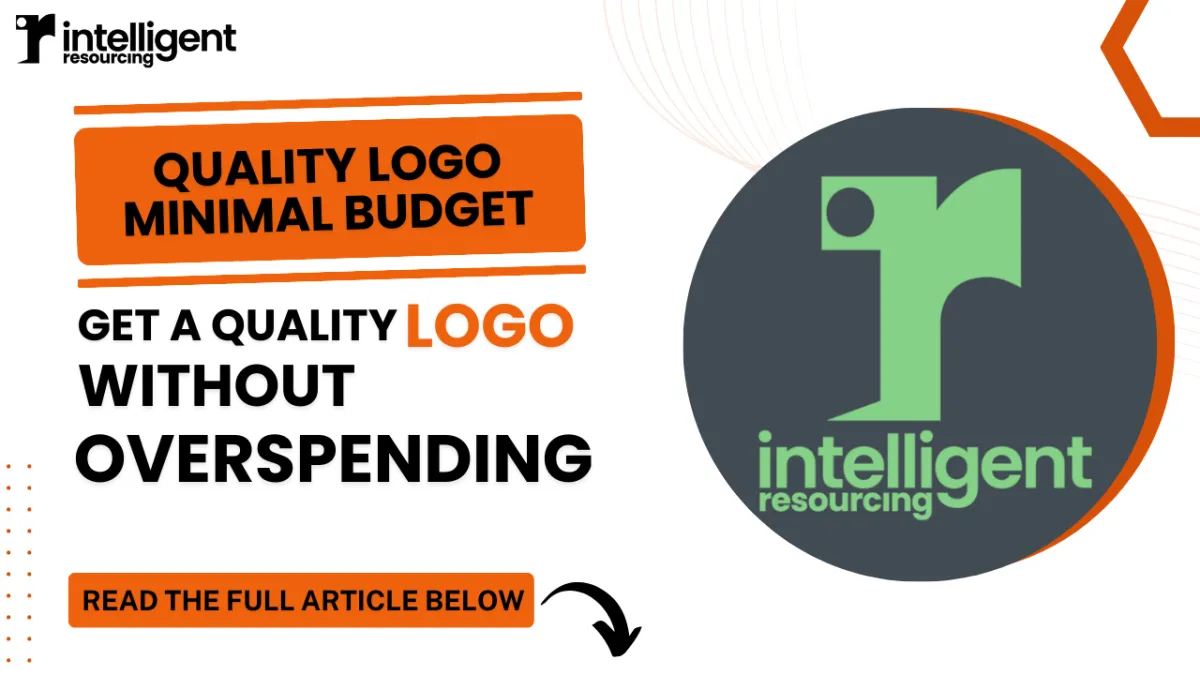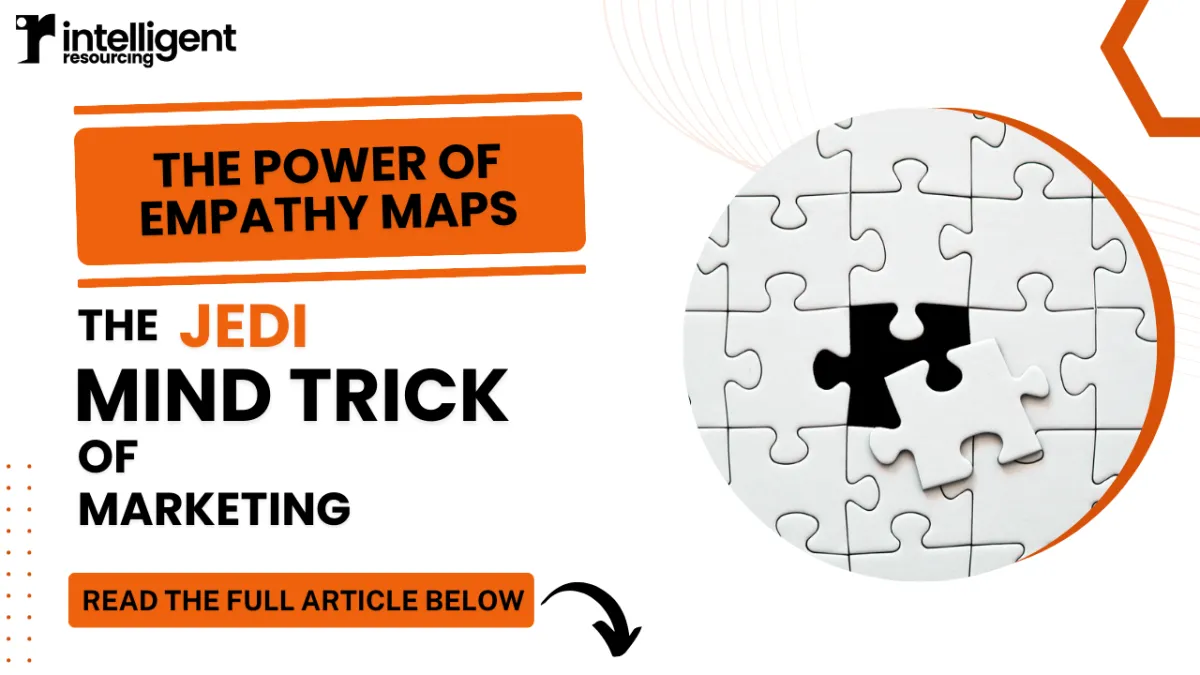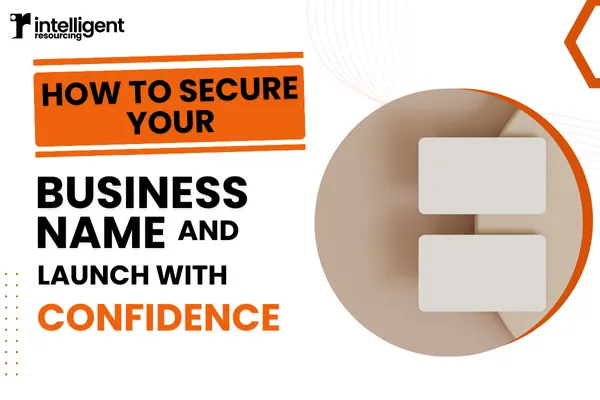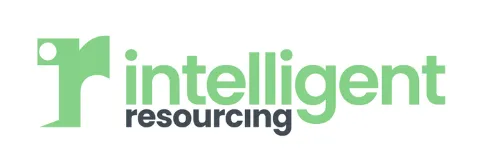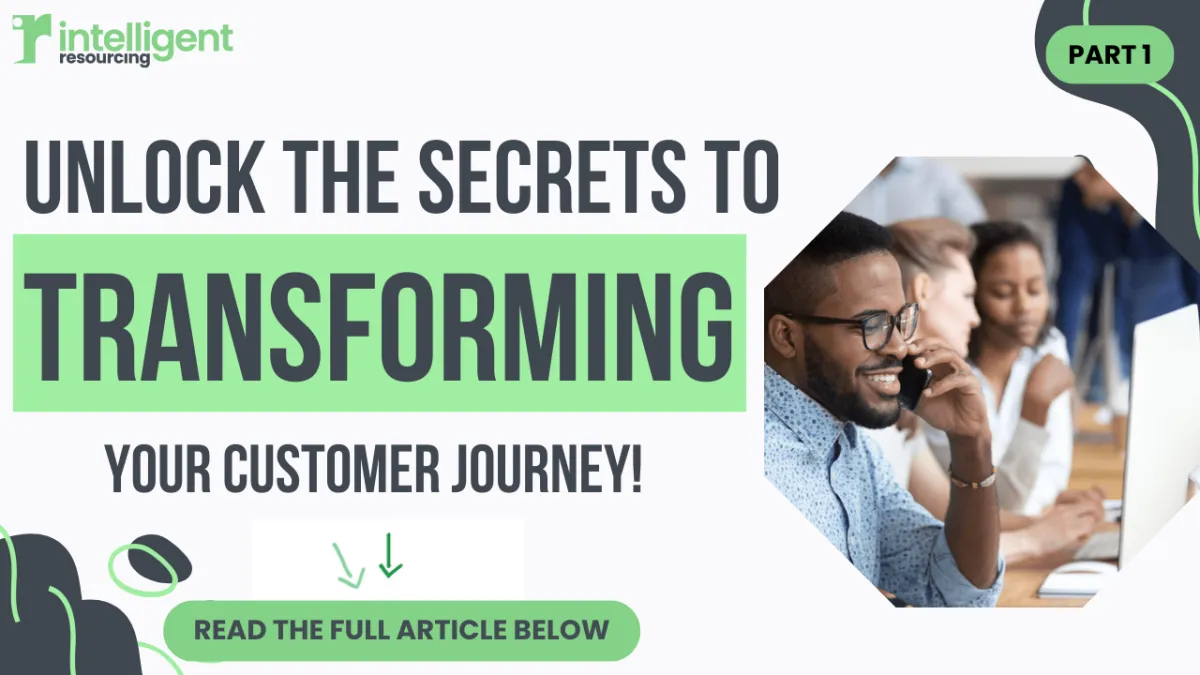
Why Most Businesses Lose Customers Without Realising It
Delivering a great product or service isn’t enough anymore. If your customer journey is not clearly mapped and optimised, you’re losing revenue without even realising it.
Think about your own experience as a customer. How often have you considered making a purchase but walked away because:
The process was unclear or confusing
You didn’t feel confident in the business
You weren’t guided toward a clear decision
Now imagine how many potential customers abandon your business without telling you why.
Mapping your customer journey is one of the most overlooked yet powerful ways to increase conversions, improve customer retention, and create repeat buyers. If you’re not actively improving your customer experience, you’re leaving money on the table.
Why Customer Experience (CX) is More Important Than Your Offer
Most businesses focus on what they sell—but the most successful companies focus on how they sell it.
According to a report from PwC, 73% of consumers say customer experience is a deciding factor in their purchasing decisions, yet only 49% of businesses actively work on improving it.
The key takeaway?
People don’t buy just because they need something—they buy because of trust and ease.
A poor experience is more expensive than a bad product.
A confusing process will always lose to a simpler one.
Your customers make micro-decisions at every touchpoint. If you’re not guiding them seamlessly from awareness to purchase, they’ll simply move on to a competitor who does.
The 9 Stages of a High-Converting Customer Journey
A great customer journey is not just a sales funnel—it’s a deliberately designed experience that moves people from awareness to advocacy.
1. Awareness: Do They Even Know You Exist?
Before customers buy from you, they need to know you exist. This is where brand visibility is critical.
Strategies to increase awareness:
SEO & Content Marketing – Ranking on Google makes you visible when people search for solutions (Moz Guide to SEO).
Paid Advertising – Well-targeted Google and Facebook ads put your brand in front of the right people (Meta Ads Guide).
Networking & Strategic Partnerships – Partnering with complementary businesses accelerates trust.
Social Media & Thought Leadership – People buy from brands they recognise and trust.
2. Interest: Why Should They Care?
Once someone becomes aware of your brand, why should they take the next step?
Here’s what separates brands that convert from those that don’t:
Clear, compelling messaging that speaks to a customer’s pain points
Strong credibility signals such as testimonials and case studies.
Engaging content that educates and builds trust
Example: A B2B business that provides workforce solutions doesn’t just say, “We help you scale.” Instead, it proves it with data, case studies, and an irresistible value proposition.
3. Consideration: Can They Trust You?
This is the moment of evaluation—where your potential customer decides whether or not to move forward.
Trust-building strategies include:
Social Proof – Display client success stories, case studies, and well-known brands you’ve worked with.
Authority Content – Educational content that positions you as the expert (Neil Patel’s Authority Marketing Guide).
Clear, Risk-Free Offers – Money-back guarantees, free trials, or risk-reversal strategies increase confidence.
4. Purchase: Is It Easy to Buy?
Customers are ready to buy only if the process is friction-free.
Key elements of a high-converting purchase experience:
✔ Simple, mobile-friendly checkout or sign-up process
✔ Clear pricing, without hidden fees or surprises
✔ Multiple payment options
✔ Immediate confirmation and next steps after purchase
Any confusion, delay, or unexpected friction at this stage can cost you the sale.
5. Onboarding: Are They Getting Value Quickly?
Most businesses think the sale is the finish line—it’s not. It’s where the real work begins.
A structured onboarding process ensures customers immediately see value.
Personalised touchpoints (emails, welcome videos, direct outreach) create engagement.
Clear guidance on next steps prevents drop-off and builds momentum.
According to HubSpot, 86% of customers say they would stay loyal to a brand with a great onboarding experience.
6. Engagement: Are They Using Your Product or Service?
A customer who buys but doesn’t engage is a lost opportunity for future revenue.
Ways to improve engagement:
Automated check-ins to ensure customers are seeing value
Educational content that teaches them how to get the most from your service
Incentives for active participation (e.g., exclusive access, loyalty rewards)
7. Retention: Are They Staying with You?
Customer acquisition is expensive—retention is where profit lives.
Retention strategies that work:
Exclusive benefits for existing customers
Continuous value delivery (e.g., regular content, insights, updates)
Building relationships through personalised outreach
According to Bain & Company, increasing customer retention rates by just 5% increases profits by 25% to 95%.
8. Loyalty: Will They Buy Again?
A one-time customer should be seen as a repeat customer in the making.
Strategies for increasing loyalty:
Exclusive offers for repeat buyers
Building a customer community
Personalised recommendations based on purchase history
9. Advocacy: Are They Referring Others?
Your best customers don’t just buy from you—they bring others.
Make referrals easy – Incentivise word-of-mouth marketing.
Feature customers in case studies and testimonials – Recognition strengthens relationships.
Deliver outstanding experiences – Happy customers become brand evangelists.
How to Apply This to Your Business Today
Map out your customer journey – Where are you losing potential buyers?
Simplify every step – Reduce friction and make it effortless to move forward.
Automate follow-ups – Stay top of mind without manual effort.
Personalise engagement – Make customers feel seen, heard, and valued.
Track, test, refine – Journey mapping is a continuous process, not a one-time task.
Visualising the Customer Journey Map
What’s Next? Take Action Today
Most businesses assume their customer journey is fine—but the ones that engineer their experience for conversions dominate their market.
Tomorrow, I’ll share a visual breakdown of a high-converting customer journey so you can implement these strategies immediately.


